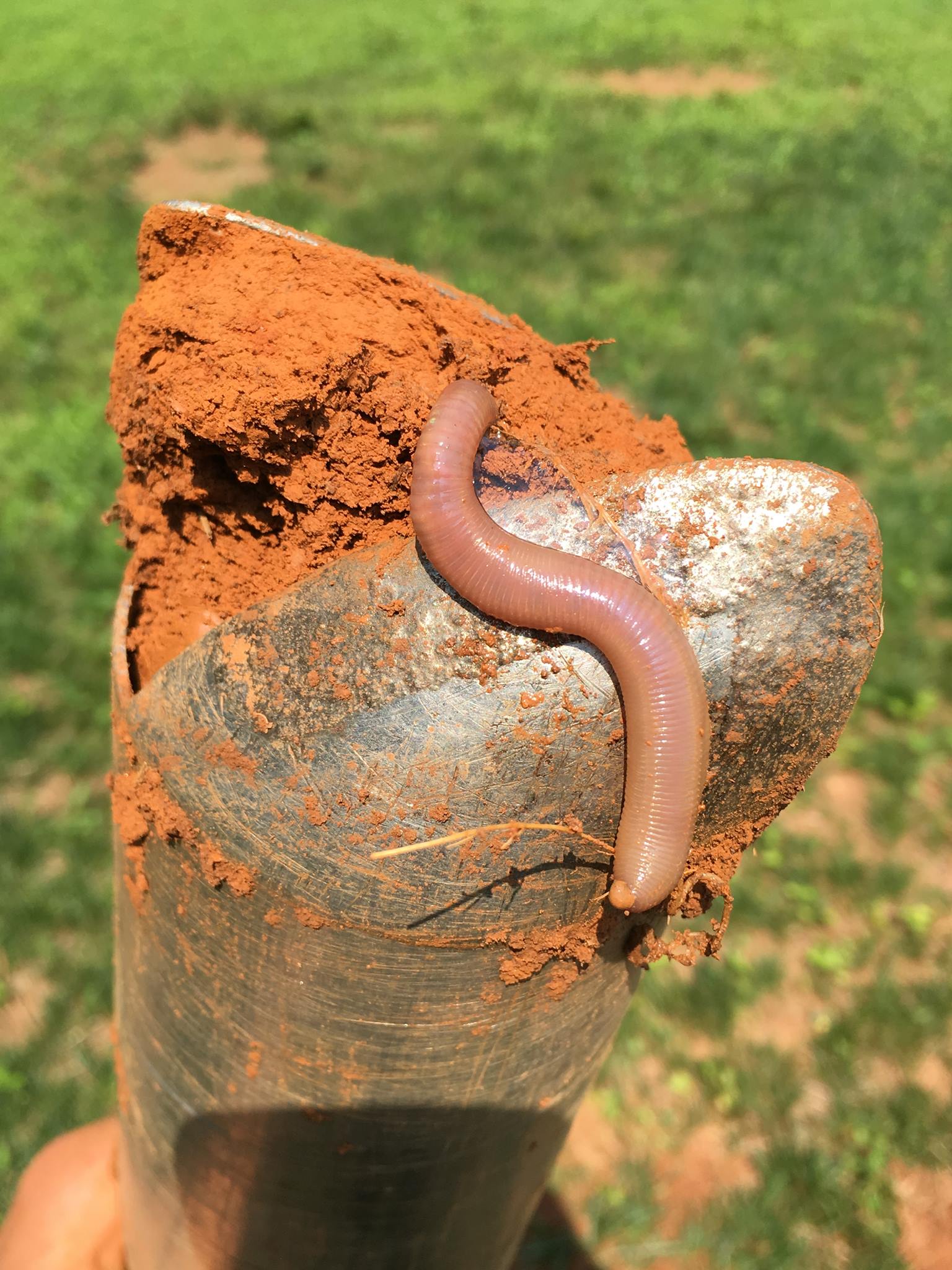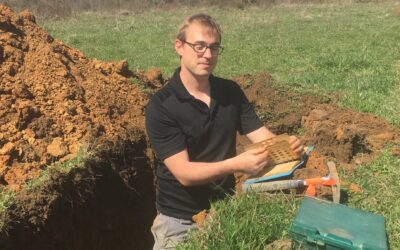Navigating the Challenges of Installing a Septic System on a North Fork Shenandoah River Lot
Finding the right spot for a septic system on a property can be quite the puzzle, especially when it’s located on the challenging terrains like those of a North Fork of the Shenandoah River lot. With steep slopes and rocky ground, this particular Shenandoah County property presented an interesting case study in environmental and regulatory navigation.
The property owner had big plans – a driveway leading up to a cozy house, a garage, and terraces to enjoy the view. However, the natural landscape and proximity to the river added layers of complexity to installing a septic system. The task was to work within these constraints while respecting the environment and local regulations.
Shenandoah County’s floodplain regulations stipulate that no part of a septic system can be positioned closer than 50 feet to the river. Moreover, there’s a mandatory separation of at least 24 inches from the bottom of the septic drainfield trenches to the water table. The solution? A sophisticated septic system that meets these standards without compromising the property’s usability.
Our exploration led us to a promising spot at the foot slope of the property. Here, the soil profiles revealed deep colluvial loam with gravels extending down to 60 inches – ideal for an alternative septic system. The chosen method was a subsurface Advanced Enviro-Septic System (Presby), known for its efficiency and minimal environmental impact. This system, paired with either a recirculating or intermittent sand filter and a pretreatment unit, complied fully with the county’s requirements.
Despite the initial challenges, this site was successfully located outside the annual floodplain, though still within the 100-year floodplain. This was deemed acceptable, given the terrain and the lack of other viable options on the property. The areas not utilized for the septic system either fell within the annual floodplain or had slopes greater than 50 percent – not exactly ideal for building or septic installation.
This journey through the planning and installation of a septic system in such a sensitive and challenging environment highlights the importance of thorough site evaluation, an understanding of local regulations, and a commitment to environmental stewardship. It’s a testament to the fact that with the right approach, even the most challenging properties can be developed responsibly and sustainably.




